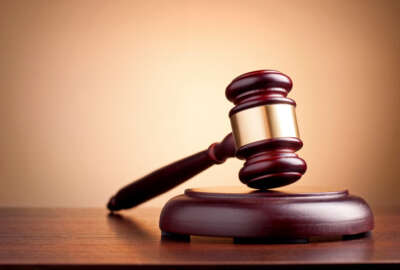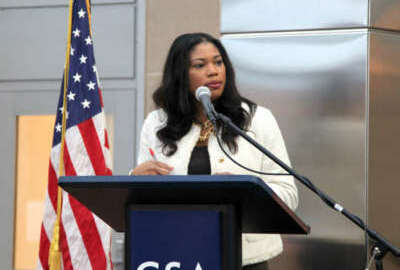
A short history of the ‘Obamaphone’
The so-called "Obamaphone" is back into the news in recent days because of a GAO report on the Federal Communication Commission's Lifeline program.
Shortly after be became president, Barack Obama encountered a woman at a town hall meeting. She asked for help in obtaining a new kitchen and bathroom. She did get a peck on the cheek from the president.
Like all presidents, Obama became, for some people, the personification of their hopes.
During the 2012 election, a viral video concerned something call the “Obamaphone.” A woman in Cleveland exclaimed she and all her friends were given “Obamaphones.” Free cellphones from the government! It registered in my mind as an oddball concept, but I never followed through. The term somehow got creatively twisted to sound as if Obama — the administration, or the campaign maybe — was buying votes with cellphones.
So what is the etiology of “Obamaphone”?
A little history. As far back as the 1930s, public policy established the need for universal phone service. During the Reagan administration, the FCC established the Universal Service Fund. A tax on everyone’s phone bill fed the fund, which enabled people to receive subsidies for basic telephone service. To qualify, a person or household must be receiving one or more of several federal assistance benefits. By the logic that established the term “Obamaphone,” you’d have to call a 1980s rotary phone installed via the Universal Service Fund a Reaganphone.
During the Obama administration, the FCC’s approach to universal service expanded. Congress in 2009 enacted a law ordering the FCC to develop its National Broadband Plan. The Obama administration, well into the internet and wireless age, agreed that broadband and cellular services are essential. So, yes, citizens of various federal programs could qualify for a cellphone — a basic one, not the latest iPhone or Galaxy — with a plan they receive under Lifeline.
The program has come back into the news in recent days, principally on conservative sites, because of a Government Accountability Office study of Lifeline, one of four FCC programs funded by the Universal Service Fund.
The fund itself has reached about $10 billion, according to the GAO’s Seto Bagdoyan. Among the problems GAO found: The FCC keeps the funds in a private bank it pays $1.7 million a year to manage. In my interview, Bagdoyan says even his team of forensic auditors could not find the misty origins of this arrangement. It apparently dates to the fund’s origination. Now the FCC has a plan to migrate the fund to a Treasury account, where it belongs.
GAO also found fault with how the FCC administers Lifeline. The agency tries to oversee a complicated, multi-tier arrangement consisting of carriers, Lifeline contractors, and call centers. It all adds up to the impossibility of knowing how much fraud and abuse occurs. Sorting this out is a long-term challenge for FCC. For now, though, the GAO couldn’t determine how many of a sample of 3 million Lifeline recipients actually qualify by virtue of being on the Supplemental Nutrition Assistance Program or Social Security disability.
There must be money in the Lifeline program. Even Virgin Mobile — the Virgin that has the airline and the hotels — has a Lifeline subsidiary.
In digging a little into this, I did find at least one Lifeline contractor only too happy to capitalize on the “Obamaphone” phenom. It actually calls itself Obamaphone.com. Somewhere on its site this company does acknowledge the term is slang, not an FCC designation.
With little evidence of congressional or White House desire to end the program, maybe it’s time to switch to a new term: “Trumpphone.”
Copyright © 2025 Federal News Network. All rights reserved. This website is not intended for users located within the European Economic Area.
Tom Temin is host of the Federal Drive and has been providing insight on federal technology and management issues for more than 30 years.
Follow @tteminWFED






